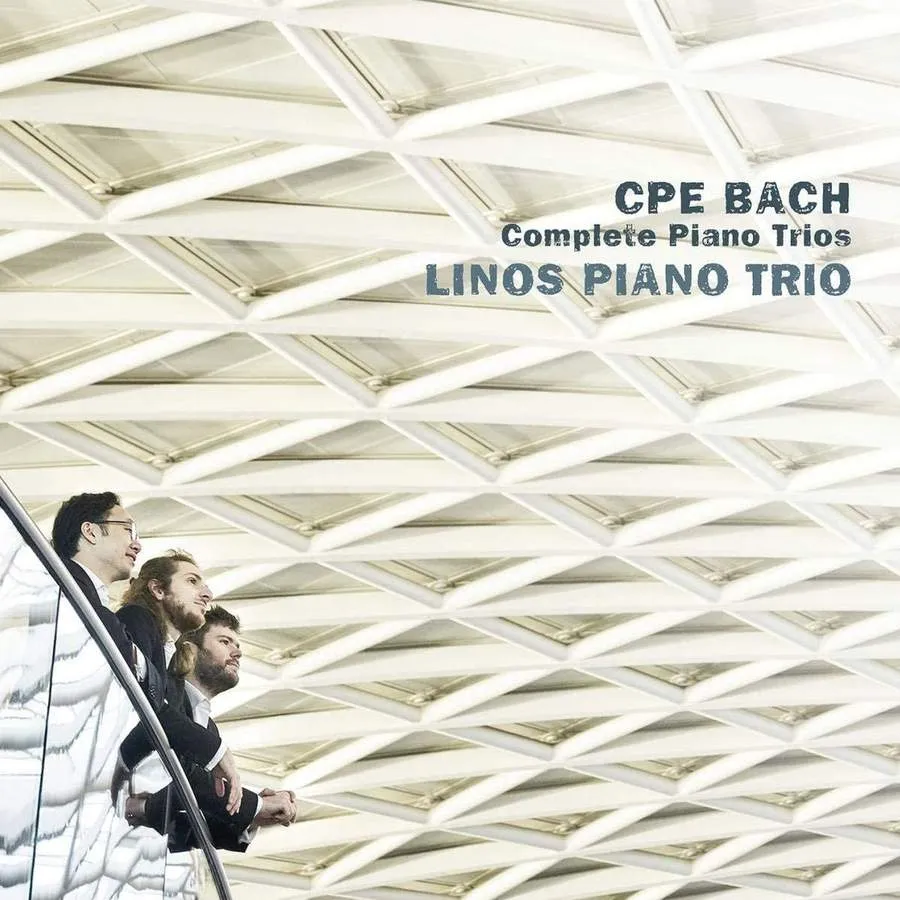
CPE Bach Complete Piano Trios Linos Piano Trio CAvi-music AVI 8553480 132:38 mins
These trios, dating from 1775-77, are foremost keyboard pieces for obbligato piano – or harpsichord option in the case of the Wq 89 set, with violin and cello accompaniment. The genre was not entirely new and might be seen to be a continuation of similarly structured pieces by Mondonville and Rameau three and four decades earlier. In addition to the distinctive originality of Emanuel Bach’s music, its transitional place in the evolution of the Classical keyboard trio provides interesting comparisons. The Linos Piano Trio has opted for modern instruments and argues cogently for its decision both in its performances and in an accompanying essay. For myself, I regret the absence of a late 18th-century fortepiano with its delicate and transparent sound but, that apart, these are lively performances which are sensible to the myriad nuances of this composer’s idiom.
All but one of the 13 trios follow a three-movement pattern where opening ones are generally the most developed. Slower middle movements are mostly shorter, offering expressive contrast with their neighbours. While Bach’s style is mainly forward-looking there are melodic ideas which recall the mid-century clavecinistes. Such an instance occurs in the wistful first movement of the A major Trio, Wq 89/3 which brings to mind Balbastre’s La Malesherbe, in the same key. Abruptly alternating rhythmic patterns in the opening movement of the F major Trio, Wq 91/3, on the other hand, recall the empfindsamer Stil of the six Hamburg symphonies commissioned in 1773.
The odd man out is the Trio, Wq 91/4 which is a single-movement theme with nine highly inventive variations.
Nicholas Anderson